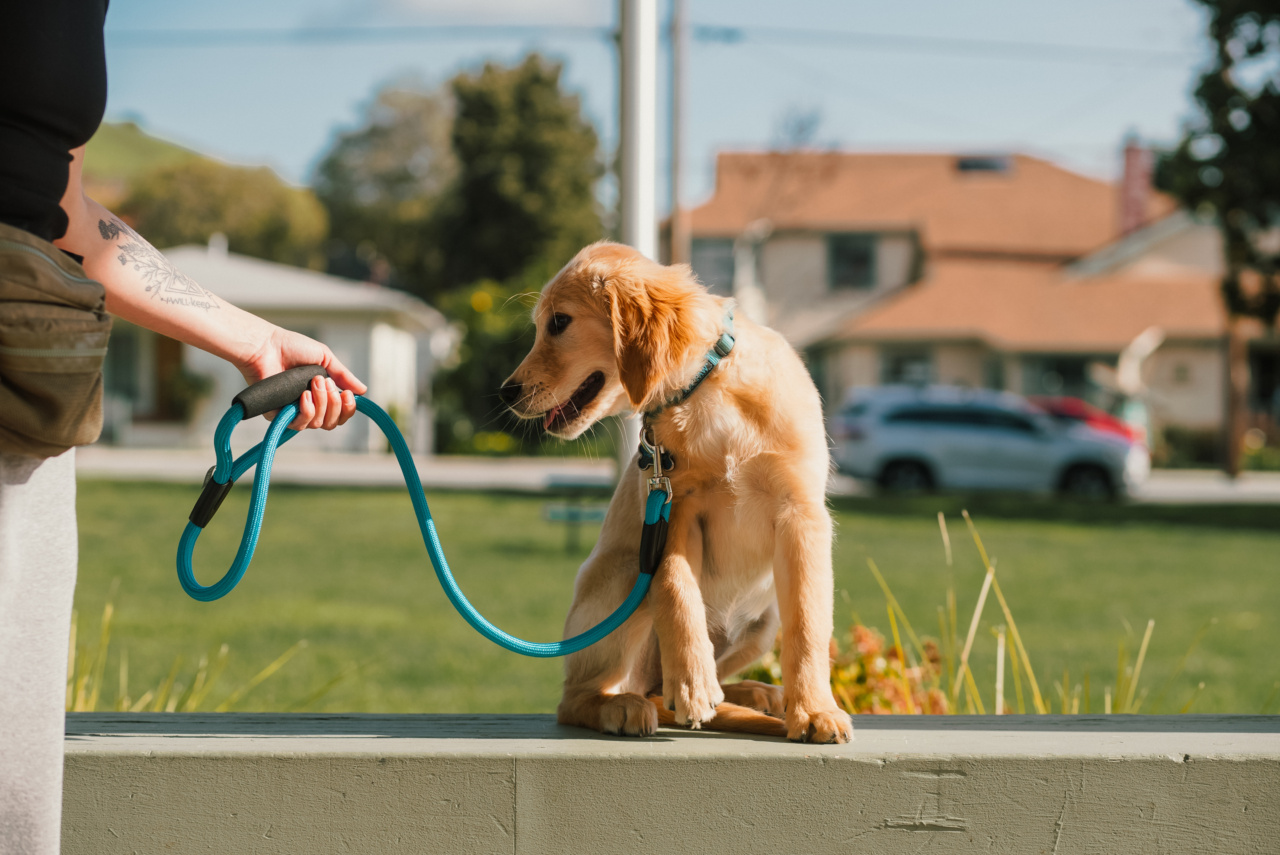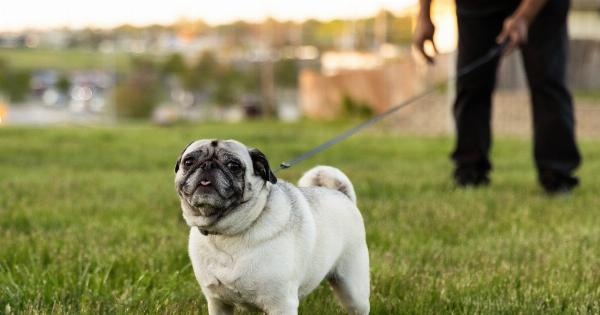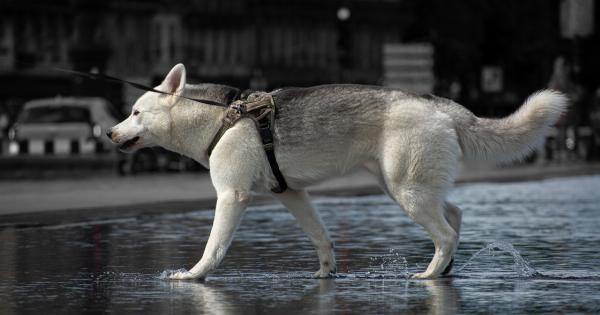For many pet owners, taking their furry friends for a walk is a relaxing and enjoyable activity. However, holding the leash properly is important not only for your comfort but also for the safety of your dog and those around you.
In this guide, we will cover the essential tips for holding your dog’s leash and making your walks pleasant and safe.
1. Choose the Right Leash
The first step in holding your dog’s leash properly is to choose the right leash. There are many types of leashes available in the market, including retractable leashes, standard nylon leashes, and leather leashes.
While choosing a leash, you should consider the size, breed, and behavior of your dog.
For smaller dogs, a shorter leash is preferred, while for bigger dogs, a longer leash may be more comfortable. A leather leash can provide excellent grip and durability, while a retractable leash is suitable for dogs that love to explore.
Make sure the leash you choose is strong enough to withstand your dog’s pulling and chewing.
2. Hold the Leash Properly
Once you have your leash, the next step is to hold it properly. Hold the leash with your dominant hand, keeping it loose and comfortable.
If your dog pulls, use your other hand to grasp the leash closer to the dog’s collar, ensuring you have enough control while keeping the leash loose.
Never wrap the leash around your hand or wrist; this can cause injury if your dog suddenly pulls or catches you off guard. Keep the leash short but comfortable enough for your dog to move around and explore without feeling restricted.
3. Keep Your Dog Close
It’s essential to keep your dog close to you while walking. You can achieve this by keeping your leash short and holding it close to your body.
This not only ensures your dog’s safety but also prevents them from getting too close to strangers, vehicles, or other animals.
Remember, dogs are unpredictable, and even the friendliest pets can become excited or frightened, leading to an unexpected reaction. By keeping your dog close, you can prevent any accidents or unwanted incidents.
4. Train Your Dog to Walk on a Leash
It’s crucial to train your dog to walk on a leash. This not only makes the walk more enjoyable but also ensures your dog’s safety.
If your dog is not used to being leashed, start by introducing the leash gradually by first letting your dog smell it and then attaching it to their collar while indoors.
Once your dog becomes comfortable with the leash, start walking indoors before taking the walk outside. Make sure to reward your dog with treats and verbal praise to reinforce positive behavior.
5. Be Alert
Being alert is essential while holding your dog’s leash. Always be aware of your surroundings and any potential dangers that may be around you. Look out for other dogs, vehicles, cyclists, and people and ensure you keep a safe distance.
Pay attention to your dog’s behavior; if they become nervous, agitated, or anxious, it’s best to remove them from that situation immediately.
Stay focused on your dog, and avoid distractions such as checking your phone, responding to texts, or chatting with your walking partner.
6. Avoid Pulling on the Leash
Many dog owners make the mistake of pulling on the leash to control their dogs. However, this can hurt your dog and damage your relationship with them. Instead of pulling on the leash, use verbal cues to communicate with your dog gently.
If your dog starts pulling on the leash, stop walking and wait for them to relax before continuing. If they continue pulling, gently pull the leash towards you until your dog is by your side again.
7. Know the Local Laws and Regulations
Be aware of the local laws and regulations regarding dogs in your area. Some cities have specific leash laws that require pets to be on a leash at all times, while other areas allow dogs to run off-leash in designated areas.
Knowing the rules can help prevent any legal issues or conflicts with other pet owners. Additionally, familiarize yourself with any safety hazards, such as construction sites and hazardous terrain, in the areas you plan to walk your dog.
8. Use Specialized Equipment
If your dog has a specific behavior problem, such as pulling or aggression, consider using specialized equipment such as a no-pull harness or a head halter. These tools can help you control your dog’s behavior without harming them.
However, it’s essential to remember that training is still necessary, even when using specialized equipment. The equipment should only be used as a temporary measure while you work on your dog’s behavior.
9. Properly Store Your Leash
When you’re not walking your dog, it’s essential to properly store your leash. Avoid leaving the leash on the floor, where it can become tangled or a tripping hazard.
Instead, store your leash in a dry, cool place to prevent any damage or wear.
You can also invest in a leash holder, which can keep your leash organized and easy to access when needed.
10. Have Fun!
Finally, enjoy your walks with your furry friend! Walking your dog is an excellent way to bond and improve your pet’s behavior, and it’s also great exercise for both of you.
Don’t forget to take breaks, explore new areas, and enjoy the fresh air. By following these essential tips, holding your dog’s leash can be a comfortable and enjoyable experience for both you and your pet.





























